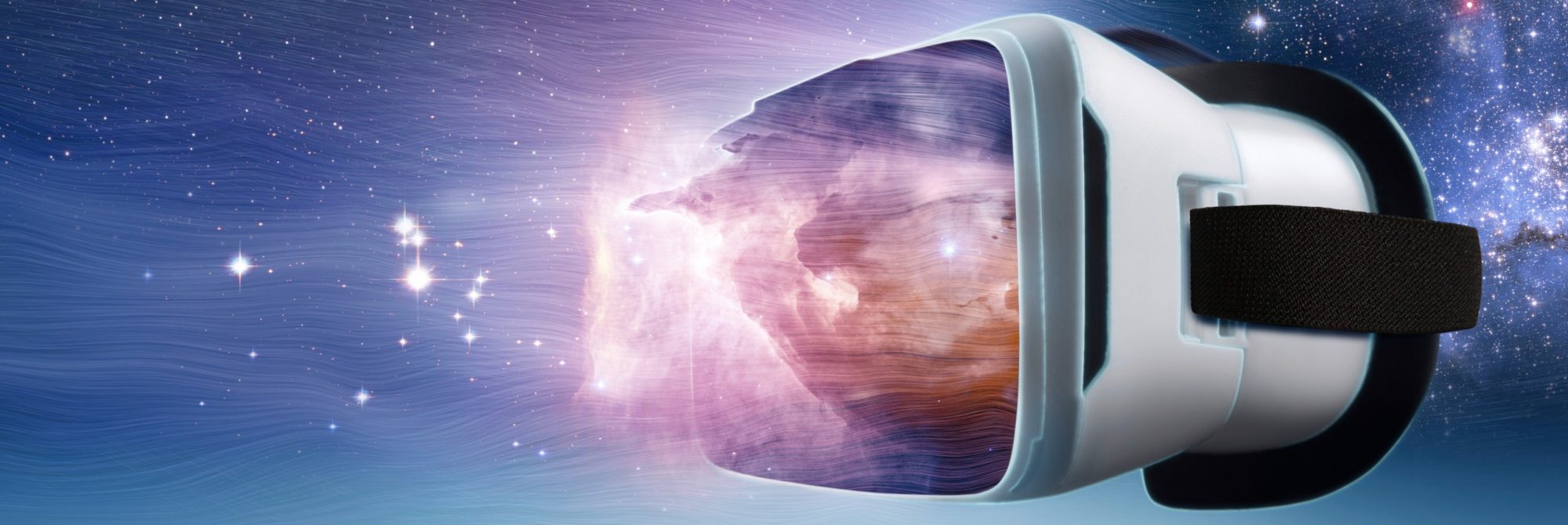We’re thrilled to share the results of our years-long clinical trial in using immersive multimedia as an adjunctive measure for managing chronic cancer pain. This journey has been one of dedication, persistence, and teamwork, and today marks a significant milestone. Our goal was to empower people living with and beyond cancer with new tools that suit their needs and we’re proud to present the culmination of our efforts. This achievement wouldn’t have been possible without the collaboration of researchers, clinicians, and participants who shared our vision.
As we release these results, we look forward to the positive impact they may have in supporting cancer care and chronic pain. The journal manuscript is currently going through the submission process, so stay tuned for the full science article!
KT – Poster Summary v1.1
